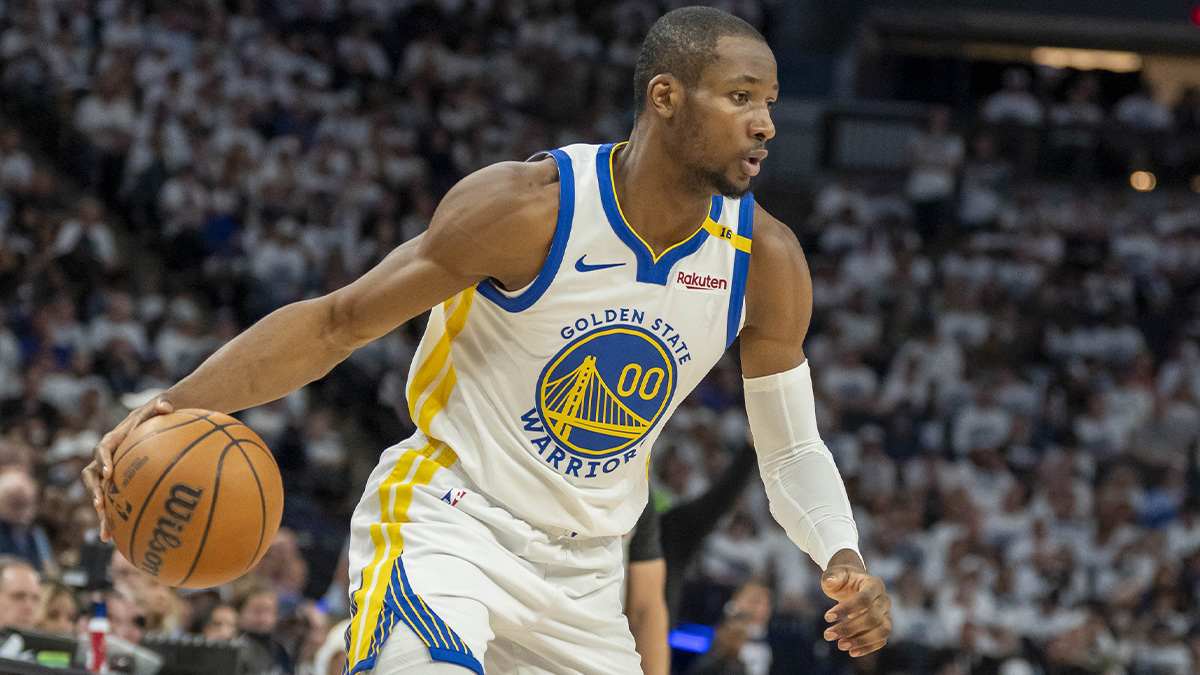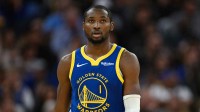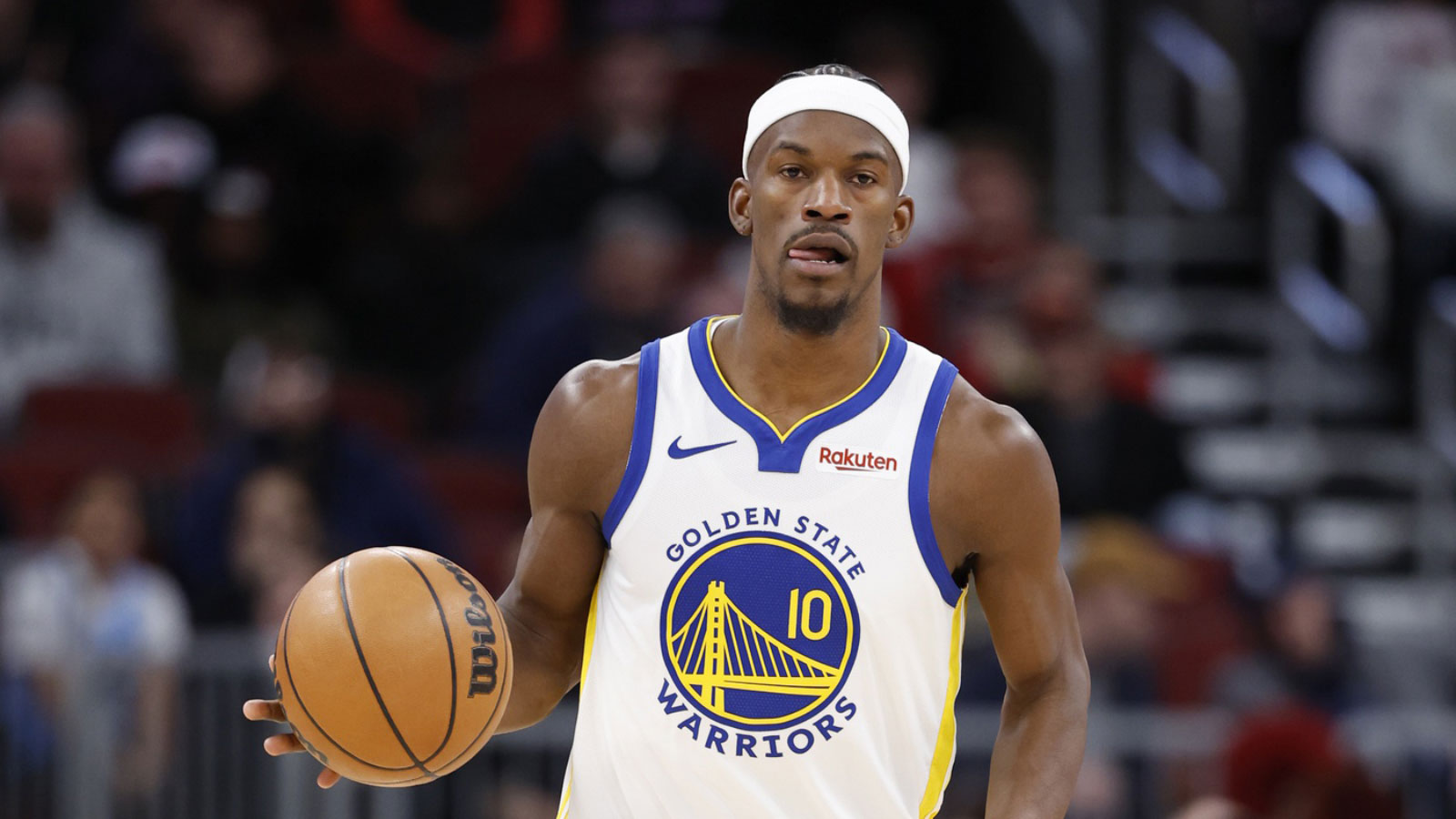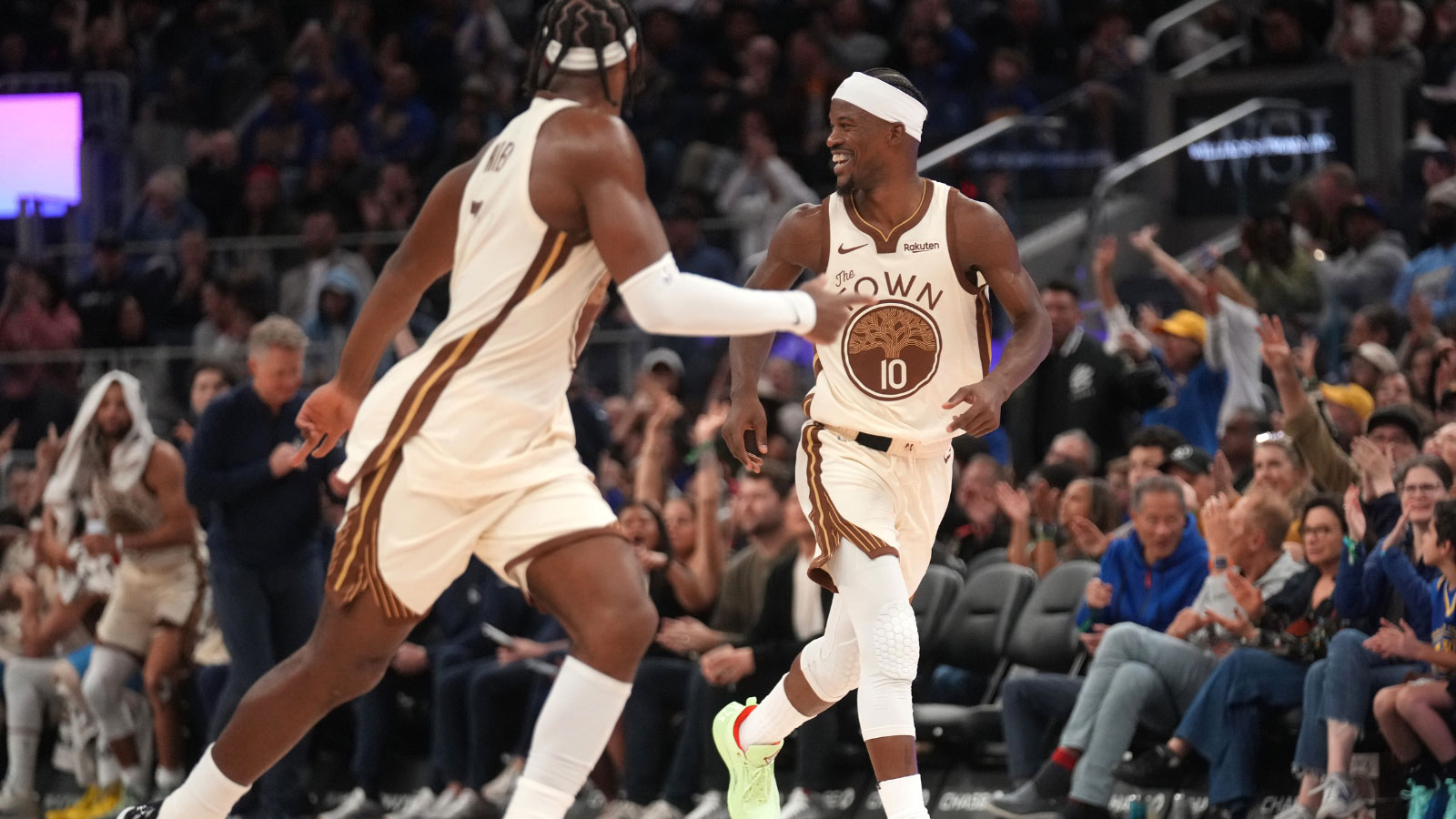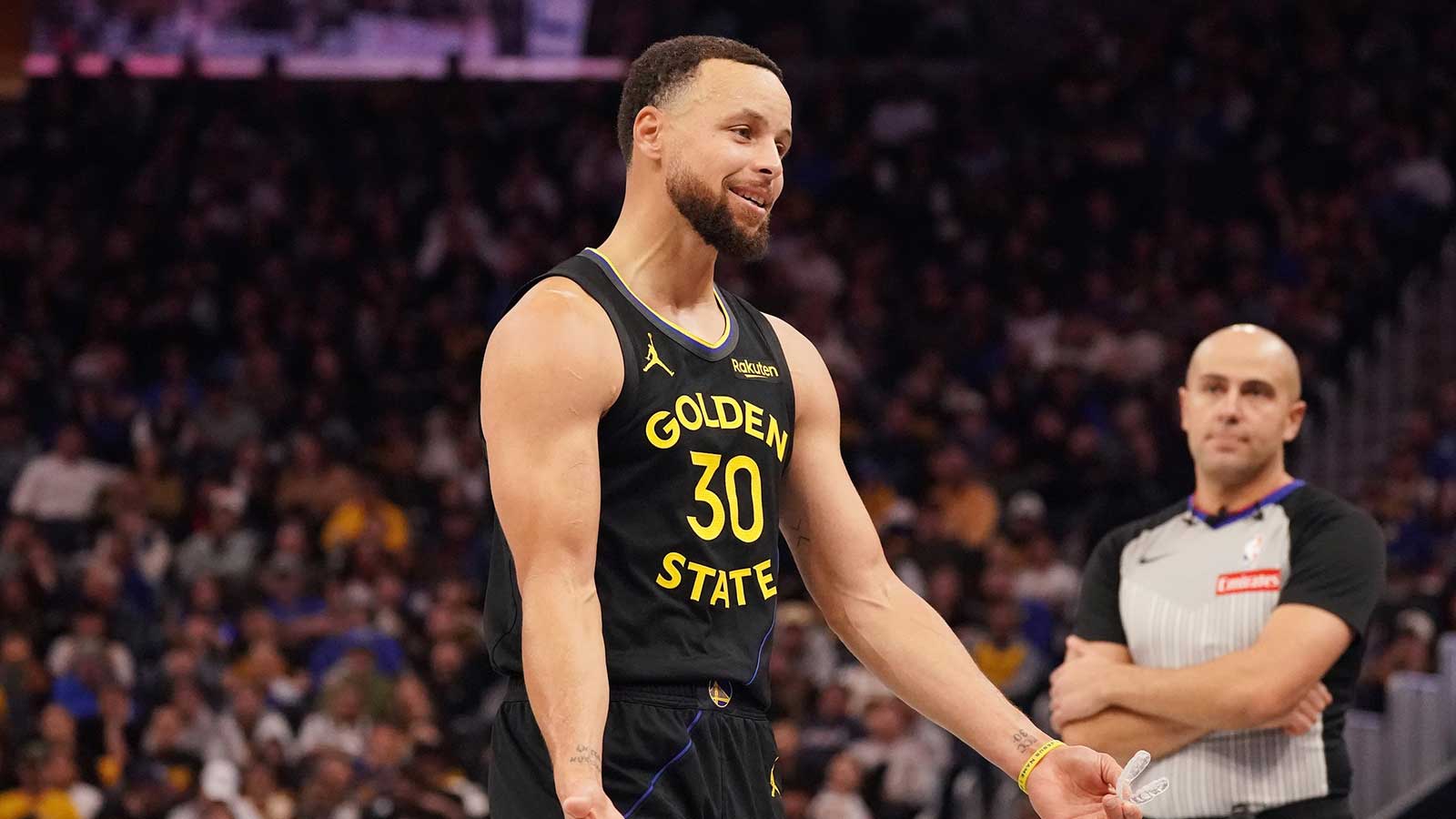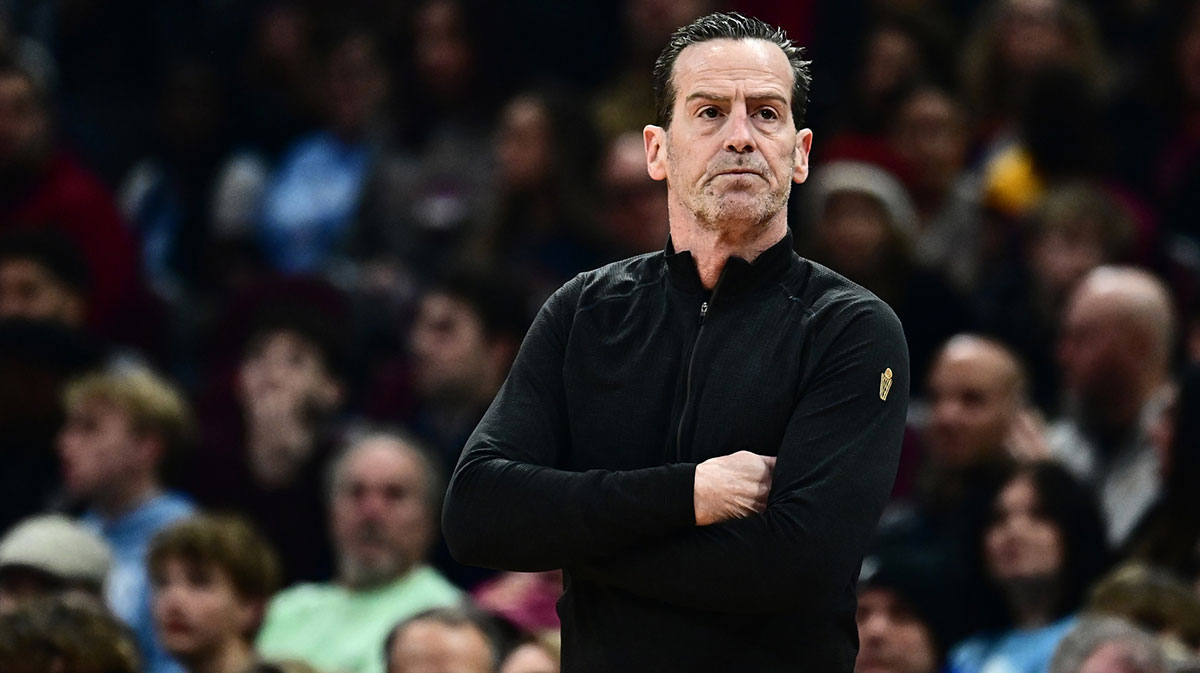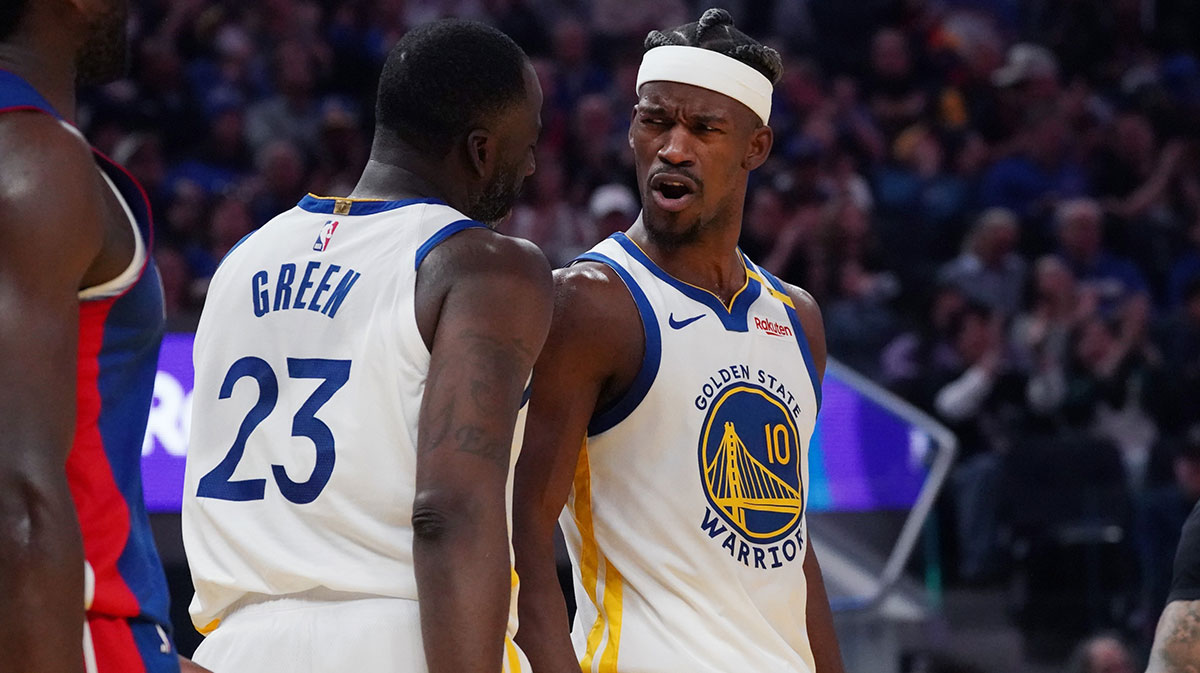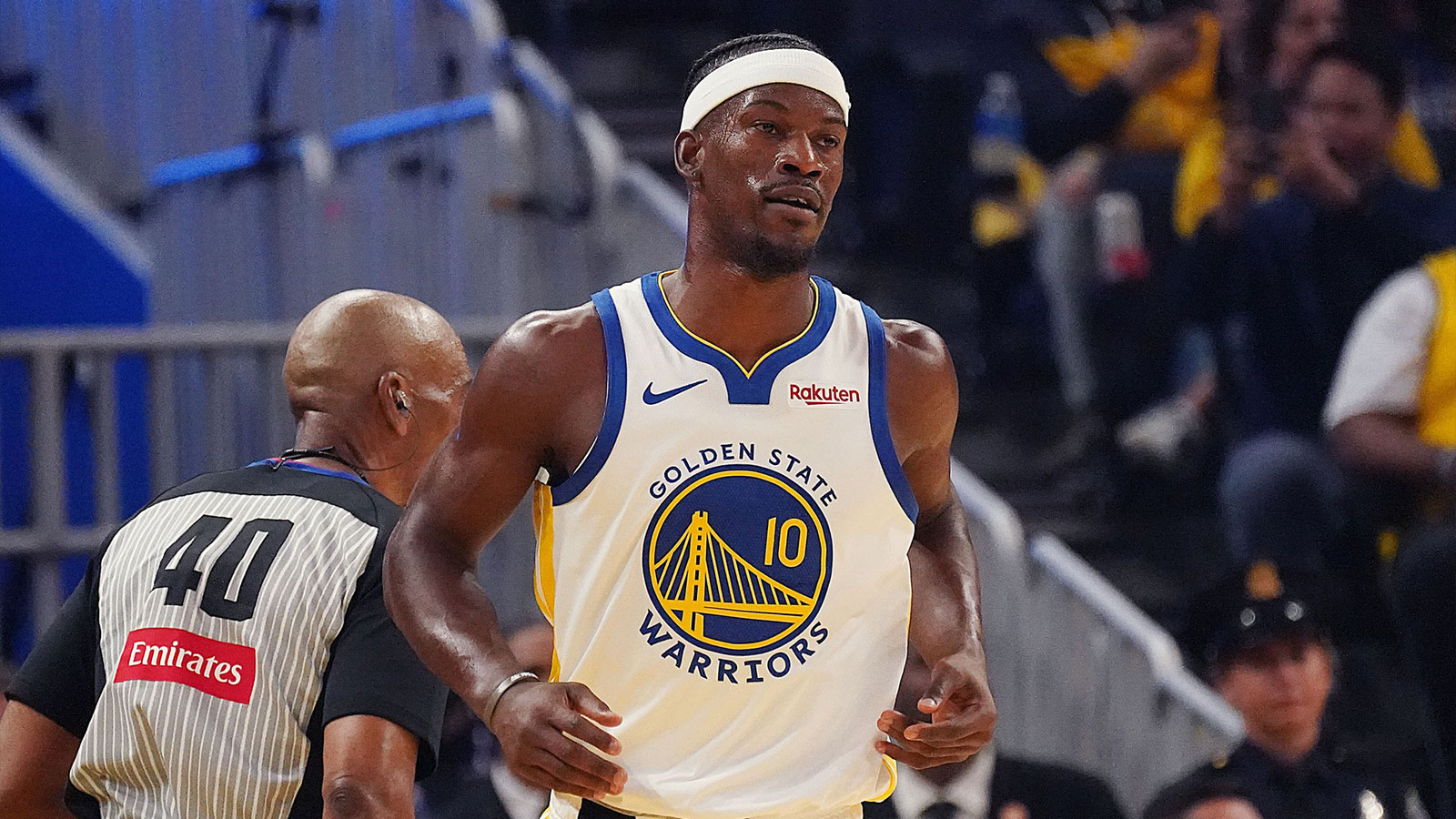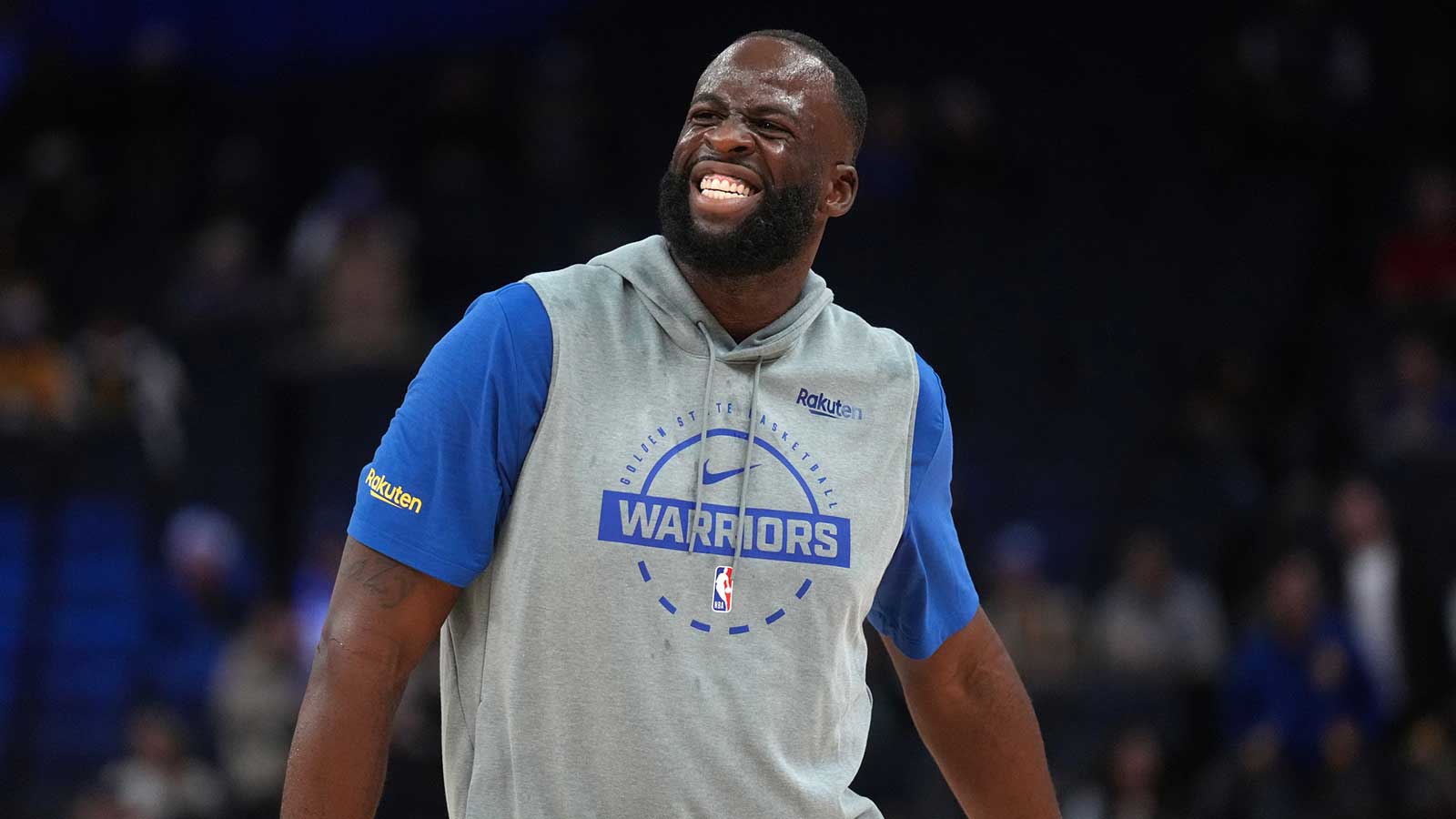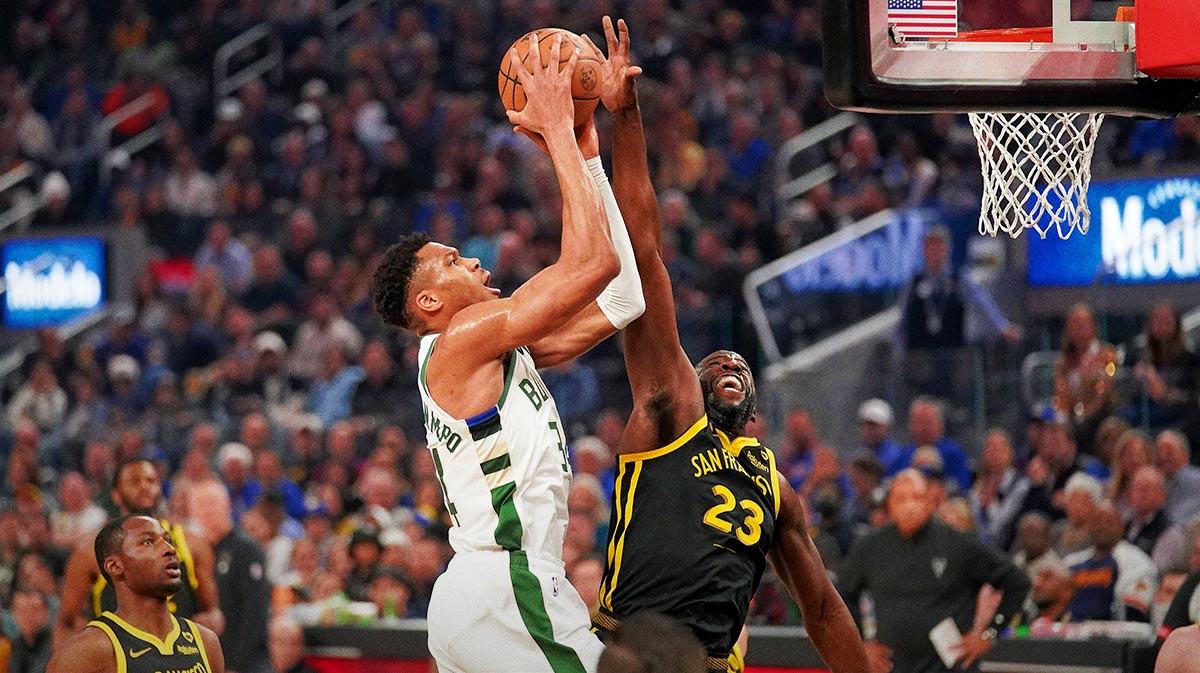The Golden State Warriors face a crucial offseason following their second-round playoff exit at the hands of the Minnesota Timberwolves. Among the key decisions looming is the future of forward Jonathan Kuminga, whose role with the team has become uncertain, particularly with Jimmy Butler III now entrenched in the rotation.
Reports have surfaced suggesting that the Warriors may pursue a sign-and-trade involving Kuminga this offseason. NBA insider Brett Siegel recently reported that the team intends to work with the 22-year-old forward to potentially secure such a deal. However, executing that scenario may prove significantly more complicated than anticipated.
In a detailed breakdown by The Athletic’s Anthony Slater, the “base year compensation” rule under the league’s collective bargaining agreement presents a major obstacle to any sign-and-trade involving Kuminga. The rule limits salary-matching flexibility for teams over the salary cap when trading a player receiving a significant raise from his previous contract.
Slater explained that if Kuminga’s new contract begins at around $30 million, his new team would take on the full amount. However, for the purposes of trade matching, the Warriors would only be able to count half that value — $15 million — as outgoing salary. While they could technically take back up to 125 percent of that figure ($18.75 million), any deal exceeding that amount would hard-cap the Warriors at the first tax apron.
CBA complications may keep Jonathan Kuminga with Warriors despite rising playoff value
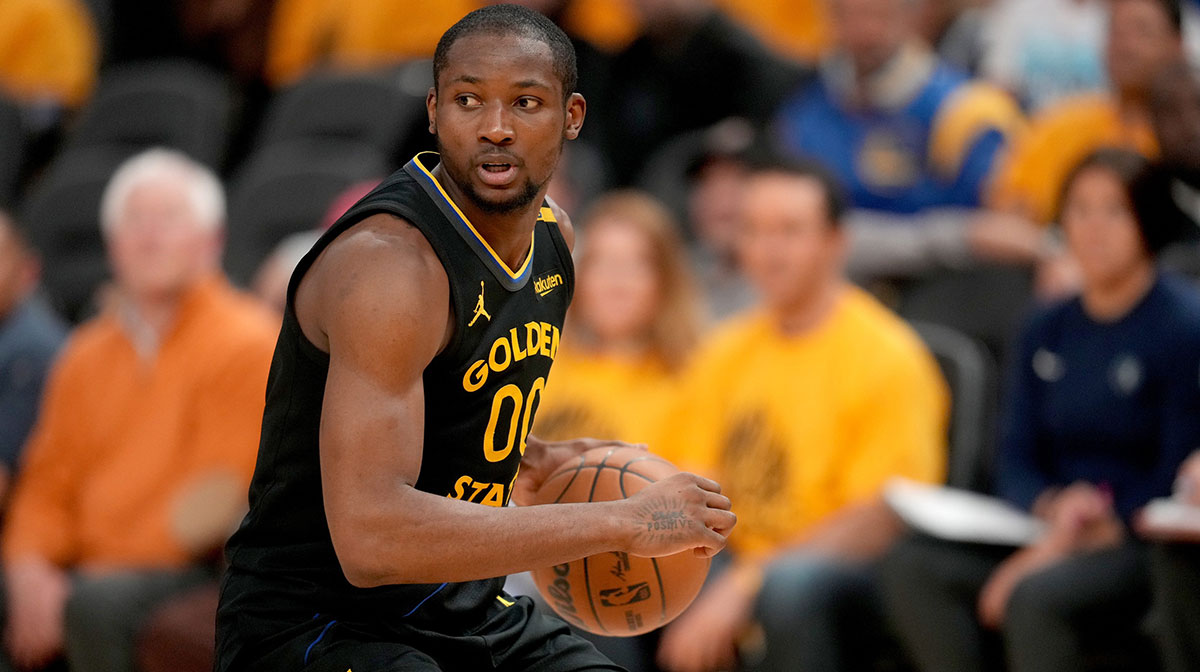
That limitation drastically reduces the pool of feasible trade partners and incoming player salary combinations. As Slater noted, “that combination punch (the base-year rule plus first-apron cap) significantly limits the amount of sign-and-trade opportunities that can realistically be executed.”
To mitigate this challenge, the Warriors could include additional player salaries to increase the outgoing total. League sources indicate that Golden State’s front office, along with Kuminga’s representatives, will explore various configurations through July. Still, internal discussions suggest the financial complexity could steer the franchise toward keeping Kuminga — at least for the short term — and revisiting trade options later.
Kuminga just completed his fourth NBA season. He averaged 15.3 points, 4.6 rebounds, and 2.2 assists per game while shooting 45.4% from the field and 30.5% from three in 47 games. Although his playing time was limited during the postseason, he emerged as a key contributor in the second-round matchup against the Timberwolves. He averaged 20.8 points, three rebounds, and 1.2 assists on 54.3% shooting from the field and 42.1% from beyond the arc over 27.4 minutes per game during that series.
With multiple variables at play, including cap restrictions, market value, and roster fit, the Warriors’ path forward with Kuminga remains unresolved. However, financial realities under the CBA appear to be a central force shaping any decision the team ultimately makes.

